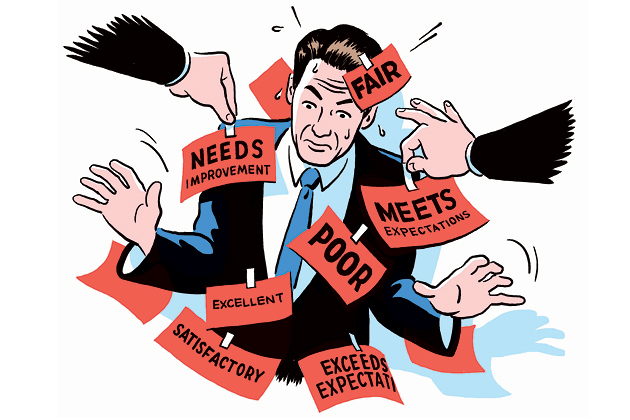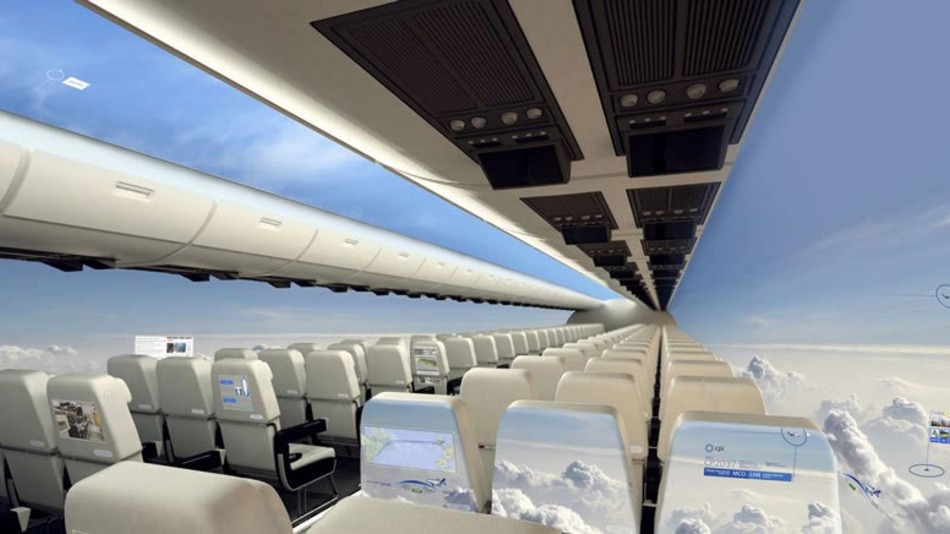“Annual performance reviews are a waste of time,” criticized by Jacob Shriar regarding the turnovers of this year-end employee evaluation, in which he argues that performance reviews are often one-sided, overly-structured, money-driven and outdated. He urges companies to forsake the review system because it often promotes inefficiency and failures.
In my opinion, the “annual” evaluation is certainly questionable in a sense that issues are not delivered promptly to employees, causing value disjunction between managers and subordinates. As Shriar suggests, not tackling an issue head on can result in negative team morale and demoralized company culture, which I strongly agree. Yet, the lack of any form of performance assessment can on the other hand, encourage undesirable behaviours (idleness). Instead, businesses should focus on “frequent” and “short-term” feedback rather than a school report card.
I believe that efficiency and productivity are positively related to the social structure of the workplace. The ultimate goal of all businesses is to maximize its revenues, and this optimization greatly relies on the performances of employees. Surely, annual reviews can seem ineffective, but the implementation of instant and recurrent “feedback system” appears to be a better alternative.
The true goal of the performance review isn’t to help the employee—it’s to help the company.




Recent Comments